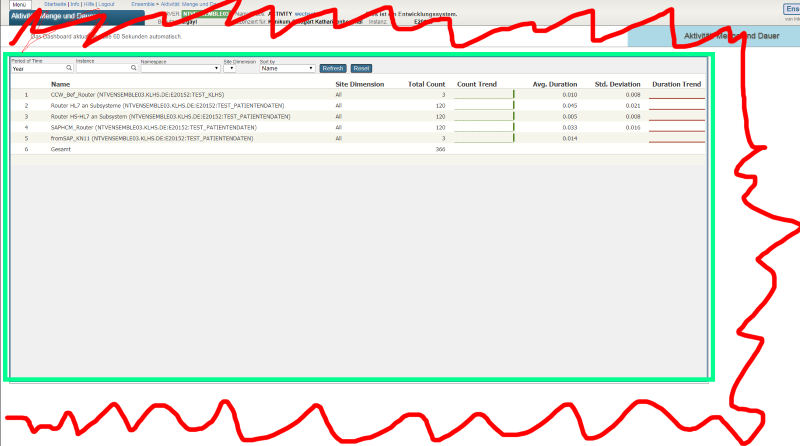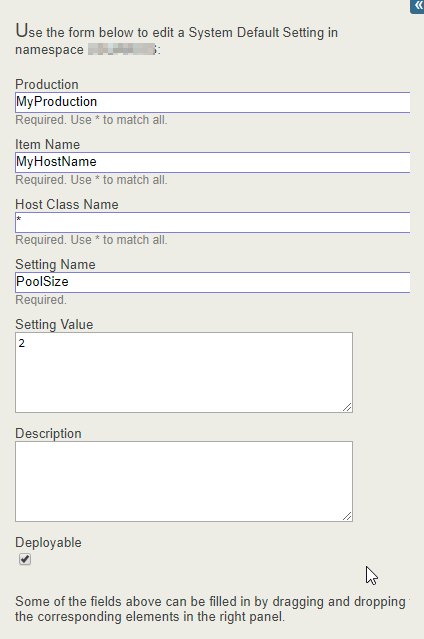Hi,
I know you're doing a big effort to build a new IDE in Eclipse ecosystem but Visual Studio Code is a new an even better and faster tool for coding... did you have any plans to release any COS extension for it in the near future? There you can already find extensions for all current more common progrmaming languages and it would be great to have COS as one of them.
Thanks



